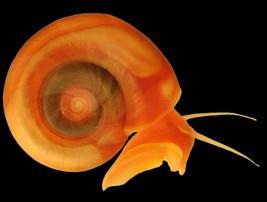PROTEOMICS


For my Bachelor of Science in Genetics and Human Health, my final year project was a laboratory based dissertation (Grade 77%).
Despite current control programmes approximately 200 million people are infected with schistosomes, of which 20 million suffer severe illness, and 120 million are symptomatic. It has been suggested that to control the parasite it is necessary to control the intermediate host, B. glabrata.
Although some B. glabrata isolates are naturally resistant to S. mansoni, the Mechanisms underpinning resistance remain unclear. It is expected that unraveling both host and parasite gene expression might eventually lead to novel methods of disease control, such as a "genetic control technique" which sets out to interrupt the life cycle of schistosomes in the field by increasing the proportion of genetically resistant intermediate host snails.
In this investigation two populations of B. glabrata, one susceptible and one resistant, where challenged by infection with S. mansoni. The hepatopancreas organ, the site of sporocyst development, was dissected and its proteome examined using 2D gel electrophoresis, allowing comparison between susceptible and resistant proteomes. Unique spots of interest were analysed by mass spectrometry and bioinformatics, to identify the proteins.
Of the 302 protein spots from the susceptible snail gel matched with spots on the resistant snail gel, 110 and 105 spots showed up- and down-regulation of more than two fold respectively, possibly indicating significant change in expression of resistant snail proteins compared with susceptible snail proteins.
The resistant snail sample contained more unique spots (273), than the susceptible sample (15), which may be involved in an immune response against S. mansoni. The fragmentation spectra produced, of unique spots of interest from the resistant snail gel, were of poor quality due to limitations of mass spectrometry. Proteins with possible immune functions were identified by PMF through MASCOT, although no matches were significant.
Future work would involve further mass spectrometry to yield more accurate results leading to a better understanding of the components of the proteome of the hepatopanceas. The project has highlighted many points of interest to investigate and has emphasized the many gaps in our understanding.
Abstract and Contents
Introduction
Aims and Objectives
Materials and Methods
Results
Discussion
References
Appendicies